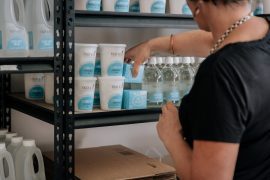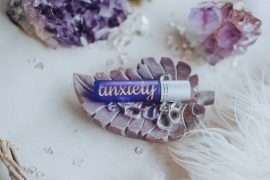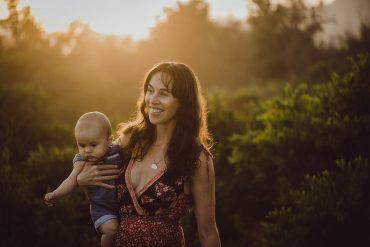5. Water Resistance Factor
Obviously, it’s important to have a water resistance factor for any sunscreen you use at the beach. Water resistance isn’t just for swimming either, it also prevents sunscreen coming off from excessive sweating and rubbing off quickly on clothes. Ideally, you want to look for 3-hour water resistance. That’s actually the highest water resistance you can get inside Australia, as three hours is the maximum rating allowed by the TGA (Therapeutic Goods Administration).
6. Non-Scented
Unfortunately, fragrances can be deceiving – often fragrances are synthetically derived even if they are something like coconut. The only way to know if it’s really a natural fragrance is to check the ingredients. This being said, generally with babies having such sensitive skin, it’s safer to just purchase an unscented sunscreen, as fewer ingredients are generally better for anyone with sensitive skin.
7. Non-Comedogenic
You may never have seen this word before. Basically, it means that the sunscreen uses ingredients that don’t block or clog the pores of the skin. This is obviously quite important for your little one. Being non-comedogenic usually comes from the ingredients being natural, however the particle size of the ingredients can have an effect too, so it’s worth looking for this as a separate claim.
8. Eco-Friendly
Finally, why protect your child so effectively if they won’t have a planet to enjoy when they grow up? The information you want to look for is the reef-friendly tag to indicate that it doesn’t contribute to coral bleaching, and that the formula is biodegradable. It also helps if the packaging is biodegradable – organically sourced ingredients and it’s even better.
Well, that concludes our list. We hope this article has helped. We recommend our Soléo Organics all–natural sunscreen as it meets all of these criteria and even more. Whatever you choose, we wish the best health for you and your little ones as you continue your chemical-free journey.










